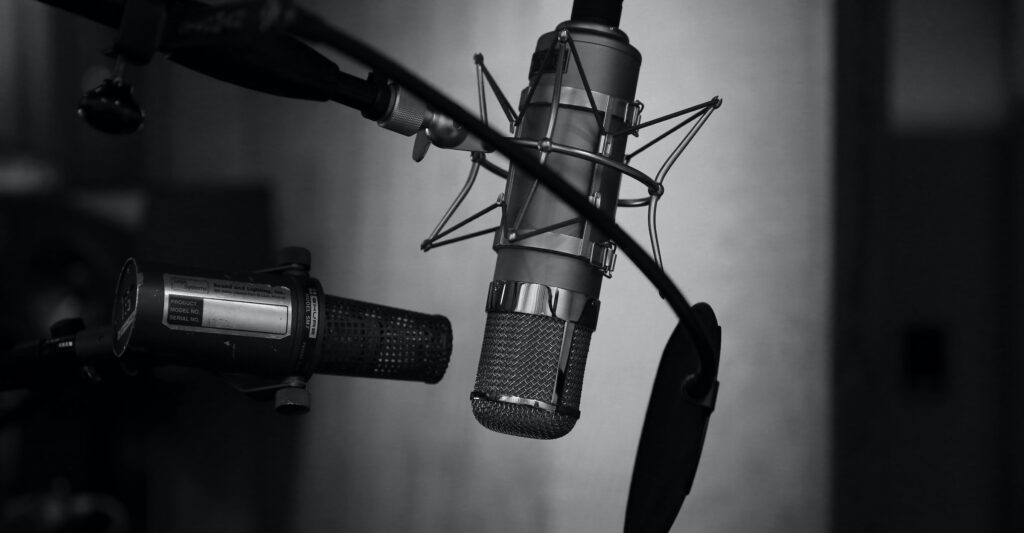
Christopher Walken is one of those actors known for rendering very eccentric speech patterns and gestures that seep through every role he plays. In a way, one could say that Christopher Walken doesn’t interpret roles. He “Walken-ize” them (if that makes sense).
To make an accurate Walken voice impression, we first need to go over his background and accent:
Accent
Walken is from New York – specifically Queens – and, though he doesn’t necessarily sound like anyone else in the area, he conveys several of its ordinary phonetics, irrespective of whether he is acting or not. Furthermore, Queens has a plethora of accent variants, so we’ll only focus on the one that more closely matches Walken’s.
The first noticeable marker that characterizes Walken’s accent is his use of the letter r (or, rather, the lack thereof). The New York accent, like the British, is non-rhotic, meaning that it skips the trill in /r/, particularly towards the end or middle of a word. Below are some examples:
- New York = “New Yooahk“
- Remark = “remahk”
- Ark = “ahk”
You may have noticed that we inserted “ooah” in the New York example. That is because the “o” forms a diphthong, which is a joint syllable composed of two vowels (“ooah”). For example:
- Across = “acrooahss”
- Toss = “tooahss”
- Four = “foah” (this word is typically pronounced “for” in most other American accents; thus, the above rule applies here as well)
In some instances, the o doesn’t follow this rule. Apart from some obvious examples – such as “do” (doo) or “lose” (loose) – when the o is followed by a c or a t, it’s pronounced more as “ah”. To illustrate:
- Rock = “rahck”
- Rot = “raht”
- Lot = “Laht”
- Mock = “Mahck”
Finally, the digraph “th” is pronounced more like a dental /d/, with less tongue between the teeth. Hence:
- Think = “dink”
- Nothing = “Nahding”
- Thompson = “Doahmpson”
Pacing
Christopher Walken’s pacing is notably one of his most identifiable quirks, setting him apart from regular New Yorkers. It’s also one of the most difficult aspects to emulate about his persona.
Firstly, he pauses quite often and disregards punctuation rules. To exemplify what we mean, Walken could read the line “yesterday, I was in a car accident” as follows:
- “Yesterday I was, in a car accident;” or
- “Yesterday I, was in a car accident.”
Walken is likewise distinguished for emphasizing the most unexpected places when he says a line. This inconsistency makes it very challenging for impersonators when attempting to follow a specific rhythm.
Gesticulations
Walken’s gestures are hard to miss. While these gestures would not come out audibly in a voiceover job, they help voice actors get into the character.
One thing to remark about his body language is how he typically sways and shrugs subtly but perceptibly. At times, he would place his arms at roughly 90 with the hands facing each other (like the position one takes when playing the accordion or a similar instrument) and the shoulders slightly shifting backward. It’s not a stiff movement but should come out as naturally as possible.
In addition, he tends to bounce back and forth when excited or exasperated, in many cases in combination with the gesticulations we just described in the above paragraph and some sucking in of air to boot.
His face is very expressive, alternating between squints and eyebrow raises intermittently, coalesced with half-winks, gentle lip licks, nods, constant head tilts, and shakes. All of these gestures should be done in a nuanced manner. It’s important not to overdo them.
Voice
Walken’s voice is a throaty voice at its core. It has a tinge of nasal delivery but more towards the nose’s rear rather than the tip. You ought to ensure that both the diaphragm and chest intervene as little as possible.
When doing a Christopher Walken impression, always be mindful of the vibration of your voice. It should be fixed between the throat’s center and behind the tongue. You should achieve Walken’s mild raspiness by tightening the space on your throat. Maintain the bulk of the air around that area but restrain it as much as possible without affecting excessive pressure.
Moreover, be mindful of the dynamic ranges. Walken can jump quickly from a potent, resounding voice to a whisper within the same line. Constant growling is a signature Walken performance trait, too, just as much as the puffing sounds he makes when finishing a line and after emphasizing the last letter of the final word.
